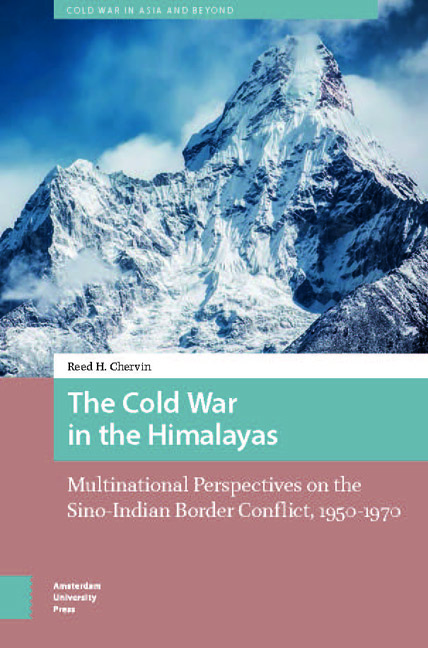 The Cold War in the Himalayas
The Cold War in the Himalayas 3 - Chinese Views and Policies Toward the Southern Frontier, 1950–1962
Published online by Cambridge University Press: 16 April 2024
Summary
Abstract
Chapter 3 explores Chinese frontier policies in the years leading up to the Sino-Indian War. It begins with China's 1950 invasion of Tibet and then addresses the Chinese government's use of development in the territory to strengthen national security. I also describe China's chronicling alleged Indian interference in Tibet. The next section explores how China engaged with the Himalayan kingdoms through diplomatic overtures (e.g., by signing border treaties) and development aid. The People's Republic similarly signed a border treaty with Burma in 1960. The final section describes Taiwan's support of guerilla warfare along Chinese frontiers and particularly its involvement in the 1959 Tibetan Rebellion.
Keywords: Himalayan kingdoms, Burma, Tibet, treaty, Tibetan Rebellion
To understand the lead-up to the Sino-Indian War, we must examine how each side dealt with and perceived its frontier. After the People's Republic was founded on October 1, 1949, Chinese leaders focused on domestic consolidation. The new Chinese state pledged to unify the nation, which included peripheral areas. On October 6, 1950, the People's Liberation Army invaded Tibet as part of this effort, and Tibet became incorporated into China in 1951. Beijing drew attention to instances in which the Indian military encroached on territory claimed by China, while keeping apprised of more subtle activities such as espionage. Tibet transitioned from a periphery of China to a central battleground. Thus, as historian Srinath Raghavan argues, “the origins of the [1962] war lay in two intertwined issues: the boundary dispute and Tibet.”
The Himalayan kingdoms and Burma also entered the frontier/foreign policy calculus of the People's Republic. These areas’ porous borders and connections to India in addition to their harboring enemy agents were a constant vexation. The Chinese Communist leadership used moral and material support to these governments to mitigate Indian influence. Furthermore, the People's Republic settled its borders with Nepal and Burma not only to regulate the inflow and outflow of people, but also to pressure India to negotiate its northern boundary. The People's Republic also backed communist groups throughout the border region in case actions taken through official channels failed to produce results.
- Type
- Chapter
- Information
- The Cold War in the HimalayasMultinational Perspectives on the Sino-Indian Border Conflict, 1950-1970, pp. 119 - 152Publisher: Amsterdam University PressPrint publication year: 2024
